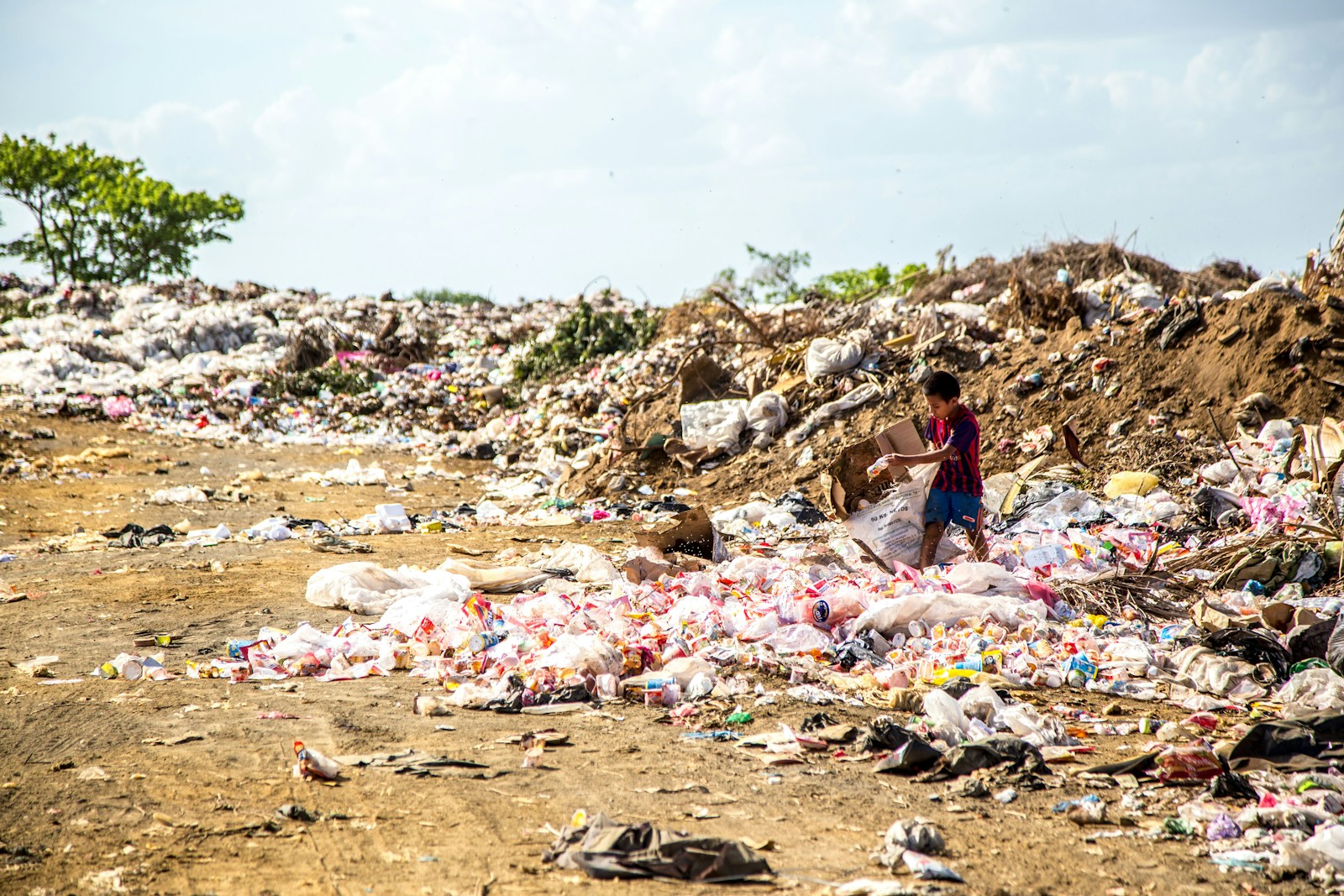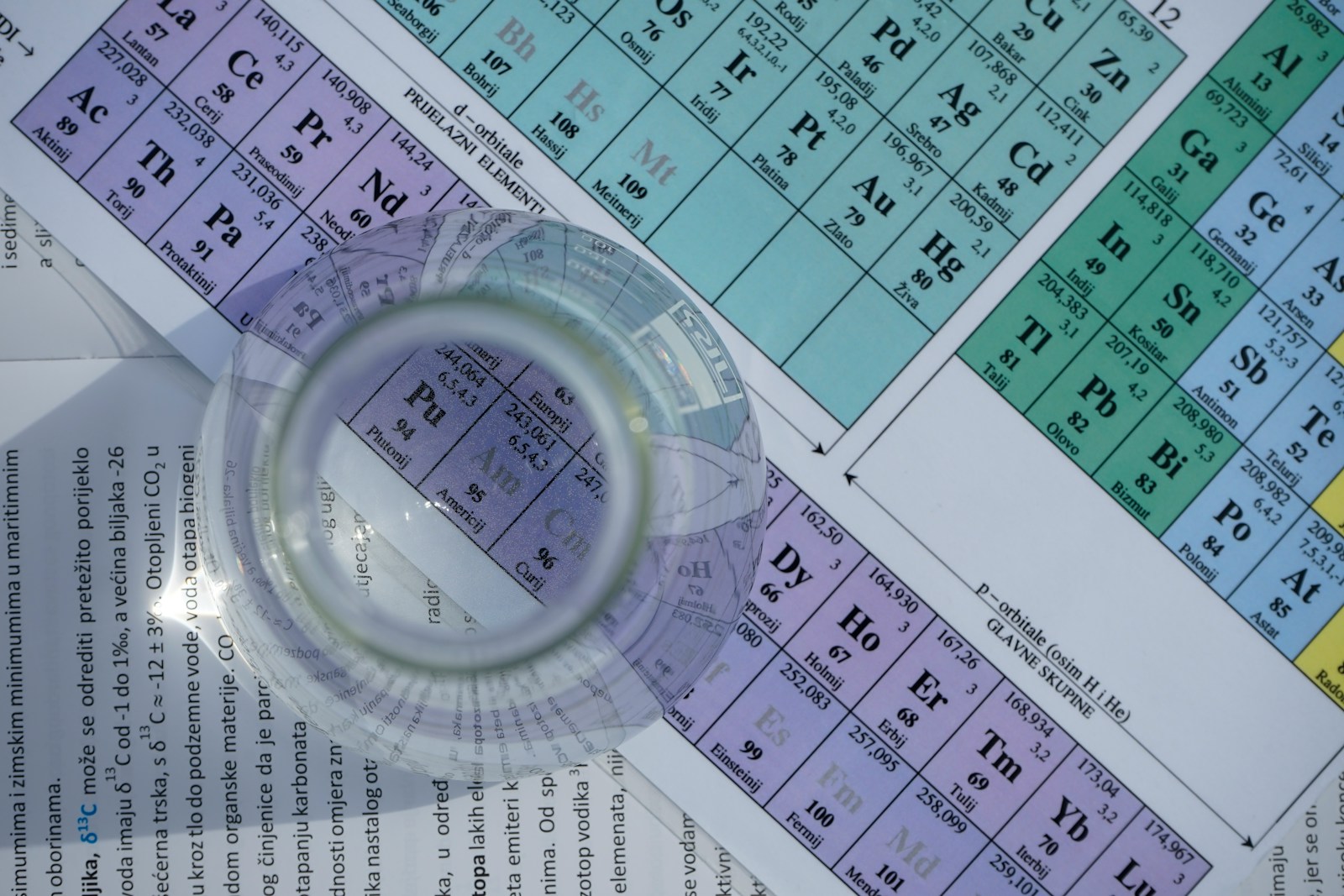Table of Contents
ToggleHurricane Idalia Approaches: Florida Braces for Landfall
As Hurricane Idalia threatens to strike the northern regions of Florida, residents are preparing for its potential impact. This year’s first hurricane is expected to make landfall on Wednesday along Florida’s western coast. With the storm surge predicted to reach up to 12 feet and strong winds and heavy rainfall expected, it is crucial for residents to stay informed and take necessary precautions.
The Role of High Ocean Temperatures in Intensification
The intensification of Hurricane Idalia can be attributed to the unusually high temperatures in the Gulf of Mexico. Throughout the summer, the eastern parts of the Gulf have experienced temperatures ranging from 87F (30.5C) to 89F (31C), several degrees above the long-term average. These elevated ocean temperatures have fueled the rapid development and strengthening of the hurricane.
Unprecedented Intensity: Category 3 Hurricane Expected
As Hurricane Idalia approaches Florida’s coast, it is projected to strengthen to a category 3 hurricane. This significant intensification poses a severe threat to the affected areas, including strong winds, heavy rainfall, and a storm surge of up to 12 feet. Residents must closely monitor updates from local authorities and be prepared to follow evacuation orders if necessary.
The Impact of Climate Change on Hurricane Strength
Scientific studies have shown that the climate crisis plays a role in the increasing strength and rapid intensification of Atlantic hurricanes. Hurricanes draw their energy from warm oceans and moisture in the atmosphere, both of which are influenced by global heating. The extreme oceanic heat observed in the Gulf of Mexico and other regions contributes to the intensification potential of hurricanes like Idalia.
Ocean Heat and Global Heating: A Dangerous Combination
The current extreme oceanic heat in the Gulf of Mexico and other parts of the world’s oceans is consistent with the expected impacts of climate change. The oceans have absorbed approximately 90% of the additional heat resulting from greenhouse gas emissions. This excessive heat not only affects hurricane formation and intensification but also poses threats to marine ecosystems, including coral reefs and fish populations.
El Niño and the Unexpected Hurricane Season
While El Niño is typically associated with a weaker hurricane season in the Atlantic, the presence of extreme heat accumulated in the oceans has defied expectations. The naturally occurring climate phenomenon has heated up the equatorial Pacific Ocean but has not dampened hurricane activity as anticipated. The combination of El Niño and heightened ocean temperatures has led to an above-average period of storms, including Hurricane Idalia.
The Oceans’ Crucial Role in Absorbing Heat
The oceans play a vital role in regulating the Earth’s climate by absorbing heat. The release of greenhouse gases from burning fossil fuels has caused the oceans to absorb approximately 90% of the extra heat. This absorption has long-term consequences, leading to elevated ocean temperatures and contributing to the intensification of hurricanes. The effects of this heat absorption extend beyond hurricanes, affecting marine life and ecosystems.
Alarming Record: Unprecedented Atlantic Ocean Temperatures
This year has witnessed record-breaking Atlantic Ocean temperatures, with the waters off southern Florida reaching 101F (38C) in July—an unprecedented measurement more commonly associated with Jacuzzis than the ocean. The abnormally warm temperatures have raised concerns about the health of the state’s coral reefs, which are already under stress. The combination of extreme heat in the oceans and coastal areas is a cause for alarm.
Heat Dome: A Persistent High-Pressure System Amplifies Heat
A “heat dome,” characterized by a high-pressure system that traps and amplifies heat, has been a prominent feature this summer in parts of the southern United States, including coastal areas and the oceans. This phenomenon has resulted in extreme heatwaves, with cities like Houston and New Orleans experiencing their highest recorded temperatures. The heat dome, combined with the underlying trend of global heating, compounds the intensity of hurricanes like Idalia.
Rapid Intensification Events and Deep Ocean Heat Penetration
The rapid intensification of hurricanes, such as Idalia, is influenced by the penetration of heat deep into the ocean layers. This phenomenon, described as “other-worldly” by scientists, occurs when ocean heat extends down to about 165ft below the surface. The current oceanic heat in the Gulf of Mexico alone would be sufficient to make Idalia a devastating category 5 storm. However, other factors like wind shear also play a role in determining the ultimate outcome of the hurricane.
Conclusion
In conclusion, Hurricane Idalia’s threat to Florida is exacerbated by the unusually high ocean temperatures in the Gulf of Mexico. The intensification of the storm is linked to the ongoing climate crisis, with the oceans absorbing a significant amount of heat from greenhouse gas emissions. As hurricanes become stronger and intensify more rapidly, it is crucial for communities to stay informed, follow evacuation orders, and take necessary precautions to ensure their safety. The combination of extreme oceanic heat and the effects of global heating underscores the importance of addressing climate change and its impact on severe weather events.







